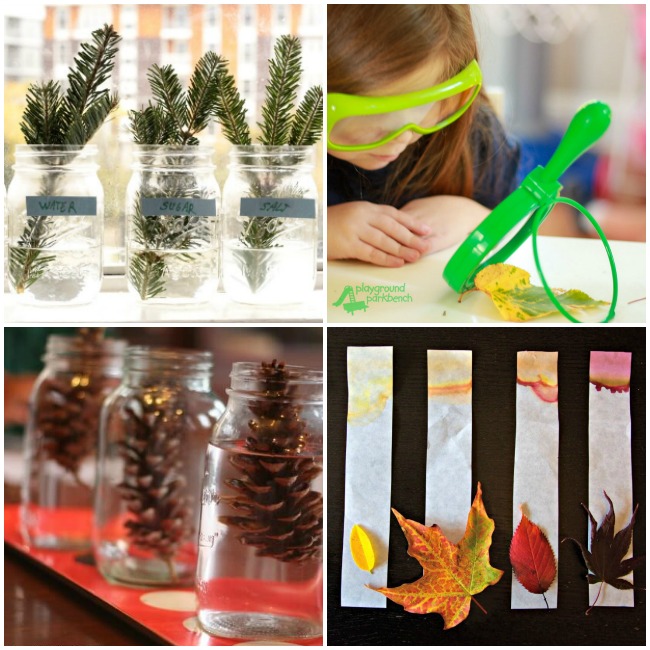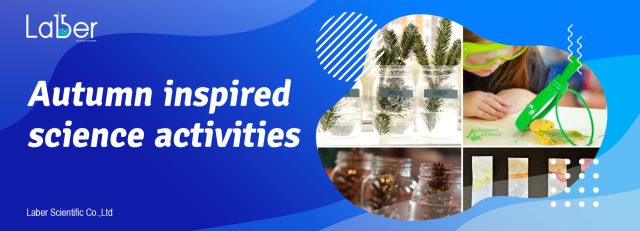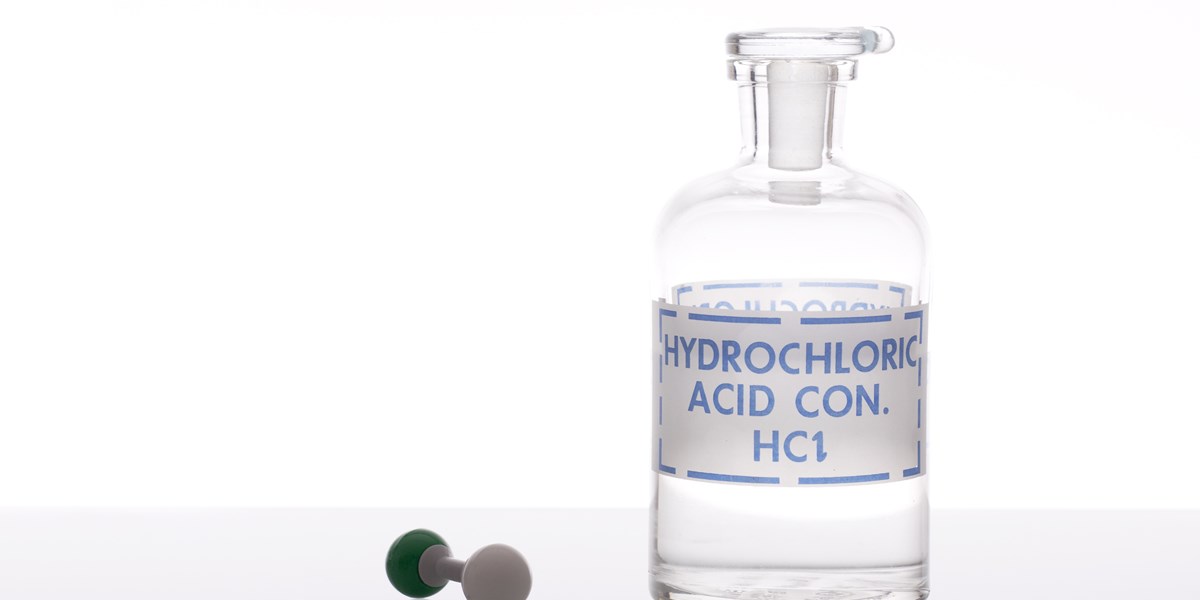
During the Autumn term, you could use the changing seasons and falling leaves to your student’s advantage. Autumn is a fantastic time to inspire students using the great outdoors, just before the winter weather sets in. We have chosen our favourite science-based activities to try during Autumn.

Identifying Autumn leaves
You could take students out on a woodland nature walk, to collect various differently shaped and coloured leaves. They can use our identification guide to British trees and shrubs to identify your findings. How many different types of trees can students spot in their local area? You could carry out a class survey to see the variation in different locations?
Thin layer chromatography experiment
Or how about combining the changing seasons outdoors with an A-Level chemistry lesson? Ask students to carry out Thin Layer Chromatography (TLC) on the different colours of leaves they can find.
Thin layer chromatography is the separation of a mixture of substances using a stationary phase (silica on the TLC Plate) and a mobile phase (usually a liquid solvent).
The colouring from the leaves is extracted by grinding the leaves and using chemicals. The pigment is then applied to a pencil line near the bottom of the TLC Plate using a fine paintbrush. The mobile or liquid phase moves through the stationary phase separating the components.
Rf values can then be calculated by measuring the distance each coloured spot travels up the TLC Plate. These can be compared with known Rf values of pigments to identify the components.
CLEAPSS have a simple procedure for completing this experiment, which can be found on their website and accompanying YouTube Channel. Please check the procedure and hazards before completing this practical with your students.








